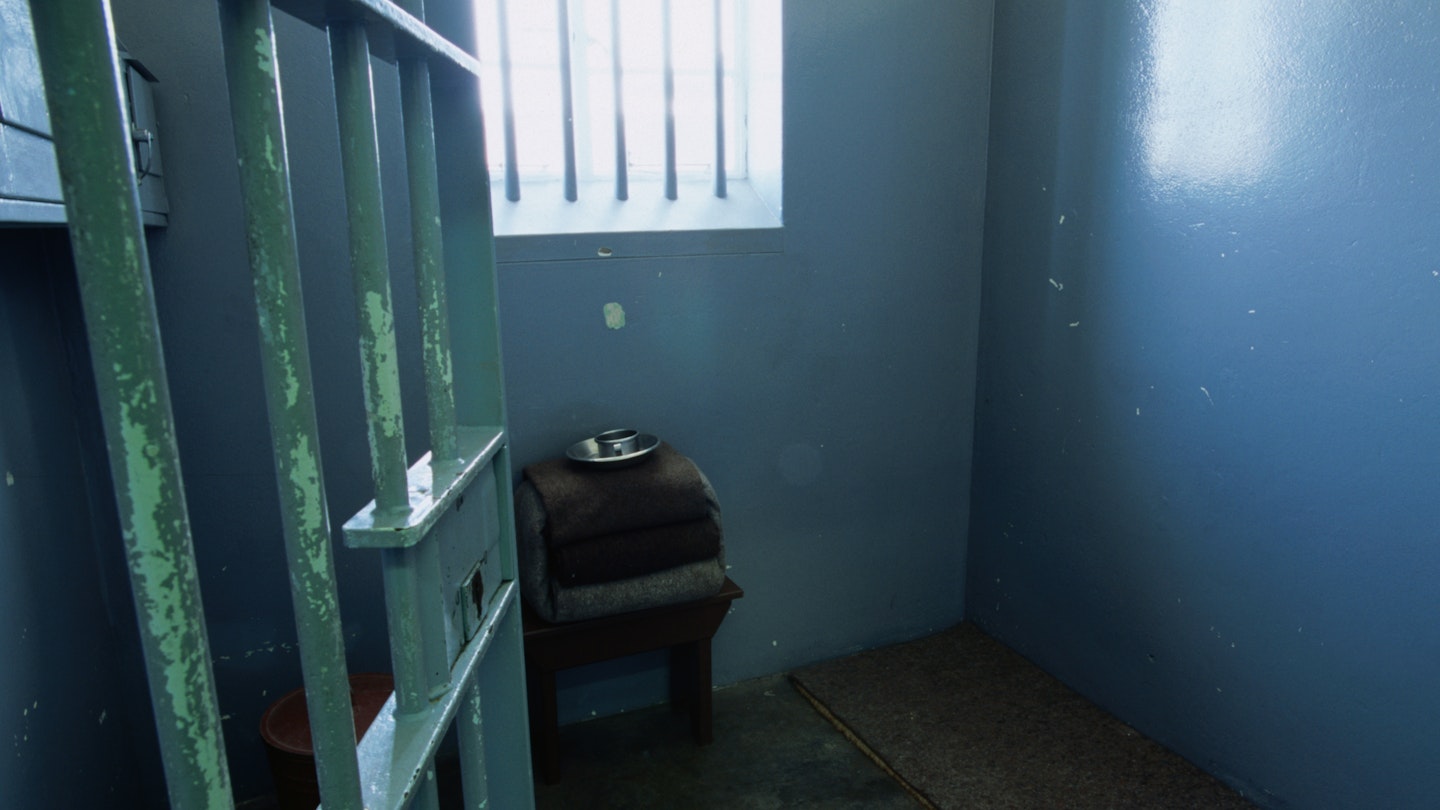It’s fair to say that no single person has had such a powerful and lasting effect on modern-day South Africa as Nelson Rolihlahla Mandela.
His memory lives on in the minds of the people and is immortalized in statues, museums, exhibitions and monuments across the country.
As a visitor to South Africa, if you hope to gain an insight into the country’s psyche, its people and its past, you simply cannot leave without having visited at least a couple of the country’s insightful memorials to one of the world’s greatest leaders. In honor of Nelson Mandela International Day on July 18, 2022, here are 10 of the top places to follow his legacy throughout South Africa.
Apartheid Museum, Johannesburg
To understand South Africa’s complicated society—and Mandela’s importance within it—you need to look to the past. Apartheid, the segregationist system that ruled the country from 1948 to 1994, infiltrated every aspect of daily life: education, employment, freedom of movement, and more. The policies shaped Mandela’s entire life, and nowhere can you grasp those heartless rules better than at the Apartheid Museum, south of Johannesburg. It’s an emotional visit, but the interactive exhibits and wealth of information make the museum an absolute must. Allow at least two hours if you hope to soak it all up.

Constitution Hill, Johannesburg
These days, Constitution Hill in Johannesburg is a chilling museum and home to South Africa’s constitutional court, but it began life as a prison back in 1893. Mandela was imprisoned here twice—first in the infamous 1956 Treason Trial, and again in 1962 following his arrest in KwaZulu-Natal. He was deemed too influential and became the only non-white prisoner to be incarcerated in the Old Fort. A walk through Number Four, reading up on the horrific conditions of the time, highlights the need for political reform and equality for which Mandela fought.

Robben Island
Nelson Mandela spent 27 years of his life incarcerated, with most of his sentence on a forlorn, five-sq-km island off the coast of Cape Town. Trips to Robben Island begin at the V&A Waterfront, where ferries transfer you to the former prison. It’s a highly regimented day out, which takes you from ferry to bus tour and eventually on foot to shuffle through the prison.

Try to hang back from your group to spend a little time contemplating the implausibly poky cell where Nelson Mandela spent 18 unimaginably difficult years yet emerged with a heart filled with forgiveness rather than hatred.
Nelson Mandela Museum, Mthatha
The Eastern Cape is rightly proud of its most famous son, and in the otherwise unlovable town of Mthatha sits an homage to Mandela. The stately Bhunga Building houses the Nelson Mandela Museum, where you can delve into the essence of the man everyone here calls Madiba. Imagine chatting with extended family and gaining deeper insight into Mandela’s life. The museum features handwritten notes from the former president and offers a look into how he was adored not just locally, but around the world.

Capture Site
For years, the only thing marking this historically important site at Howick was an unassuming plaque. It was here in 1962 that Nelson Mandela was arrested after evading the apartheid authorities. The revamped Capture Site features a magnificent portrait of Mandela made of 50 metal rods. Other exhibits are still in progress, but there’s a great café where you can sit and contemplate history with an excellent cup of coffee.

Liliesleaf Farm, Johannesburg
When Nelson Mandela lived at Liliesleaf Farm, he went by the name of David Motsamayi, and, to a passer-by, was employed to tend the grounds. This was, in fact, the underground headquarters of the ANC, where Mandela lived incognito for a year. When the authorities raided the grounds in 1963, Mandela was already in custody but ended up being tried with his comrades and sentenced to life in prison for plotting to overthrow the state. The whole story is now told in excellent detail through interactive, audio-visual exhibits.

Mandela House, Soweto
Mandela moved to this humble home in Soweto in 1946. “It was the opposite of grand,” he wrote in his autobiography, “but it was my first true home of my own, and I was mightily proud.” The house was converted into a museum preserved as it would have been when Mandela lived there. If you’d like to reflect on Mandela’s life in Soweto, it’s advisable to arrive early as Vilakazi Street can get very busy.
Qunu, Eastern Cape Province
For the die-hard Mandela disciple, a trip to rural Qunu is the ultimate pilgrimage. This is not just the place where he grew up, but also where he attended school and was given the Christian name known worldwide. This village is Mandela’s final resting place. Local guides can help you appreciate sites such as the remains of Mandela’s school and the church where he was baptized.

Chancellor House and the Shadow Boxer, Johannesburg
If you happen to explore the streets of central Johannesburg—an area undergoing remarkable regeneration—make a detour to Fox Street. Chancellor House isn’t much to behold, but an important part of Mandela’s life unfolded within. It was here that he shared a law practice with Oliver Tambo. Information panels face out through the ground floor windows, allowing you to read about their fight against apartheid. Opposite is the six-metre-tall Shadow Boxer, a sculpture commemorating one of Mandela’s preferred pastimes.
City Hall and Grand Parade, Cape Town
Currently, there is nothing marking the spot where Mandela gave his first speech as a free man in 1990. Crowds gathered in Cape Town’s Grand Parade to cheer on the newly released struggle icon. “I therefore place the remaining years of my life in your hands,” he said from the balcony of City Hall. Realizing the importance of this site, the City of Cape Town is in the midst of plans to erect a life-size statue of Mandela on the balcony where he delivered that pivotal speech.





